Follow, research and publish the best content
Get Started for FREE
Sign up with Facebook Sign up with X
I don't have a Facebook or a X account
Already have an account: Login
 Your new post is loading... Your new post is loading...
 Your new post is loading... Your new post is loading...
|
|




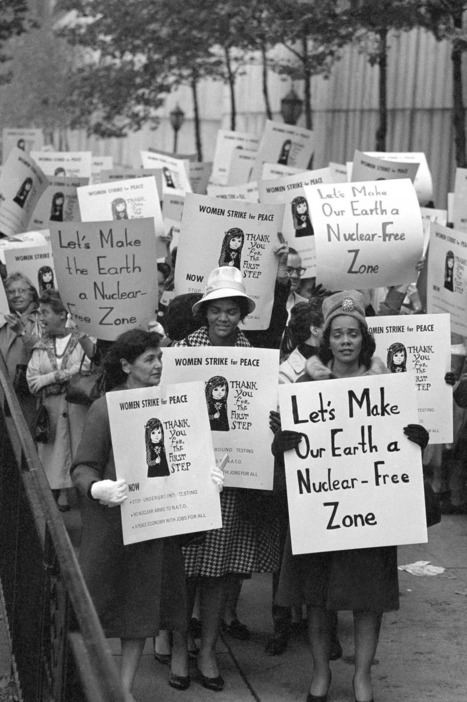



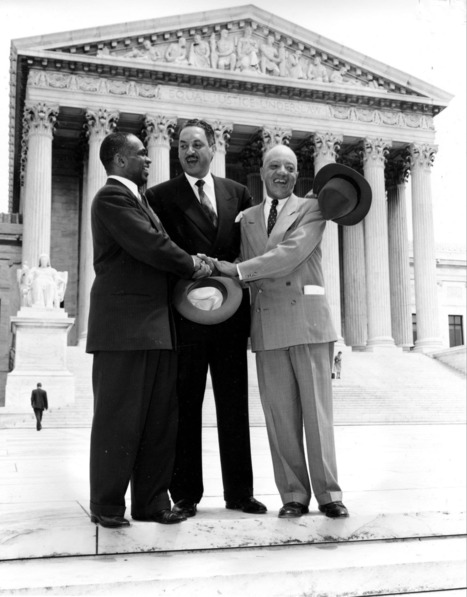
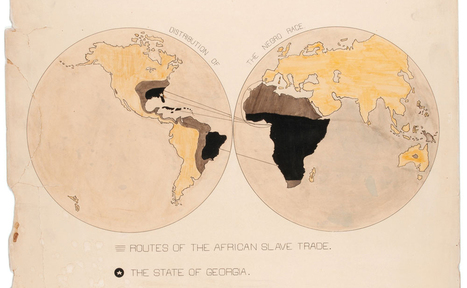

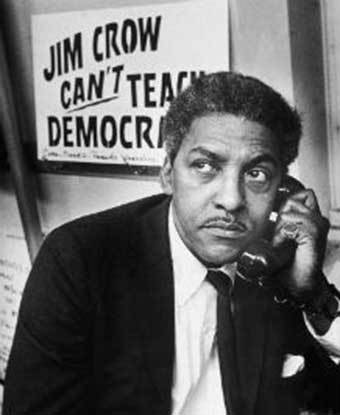

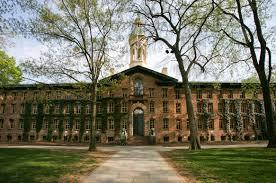
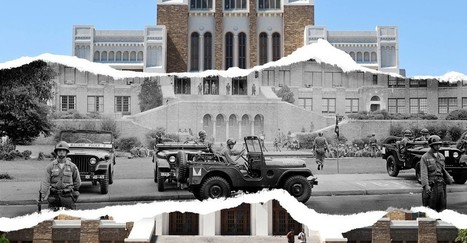
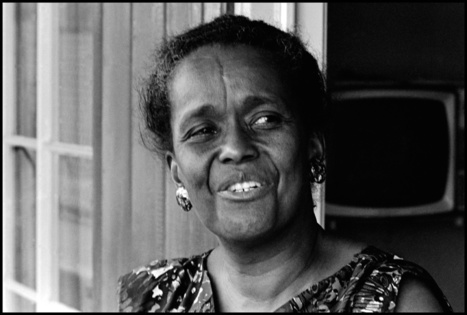


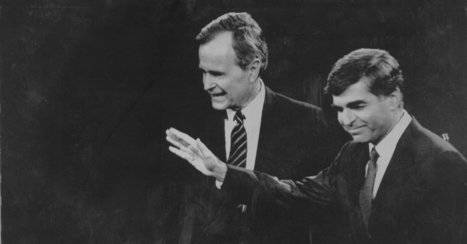

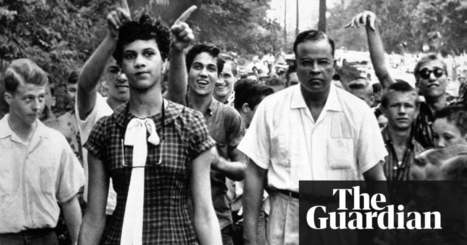






'The civil rights movement could not have happened without women. They were grassroots organizers, educators, strategists and writers. They built organizational infrastructure, developed legal arguments and mentored young activists. They fought ardently against the forces of racism, but they also battled another form of oppression: sexism.'